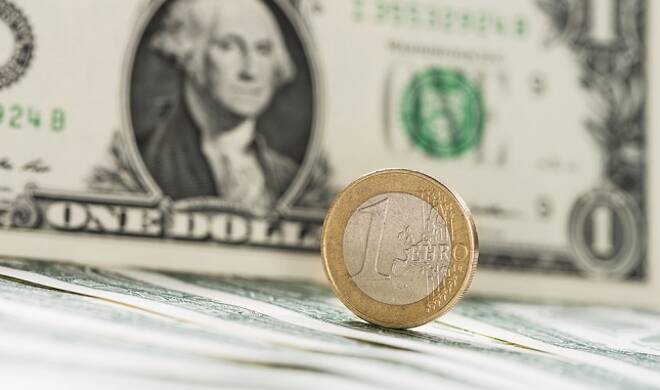Advertisement
Advertisement
German Inflation Gives the EUR an Early Boost in Spite of Weak Stats from France
By:
Finalized inflation figures from Germany deliver EUR support ahead of the European open. French industrial production figures disappoint, however.
It’s a relatively quiet day on the Eurozone economic calendar today. Finalized German inflation and French industrial production figures were in focus this morning.
Later today, ECB President Lagarde is also scheduled to speak. Expect any shared views on the economic outlook to influence.
German Inflationary Pressures Build
In January, consumer prices rose by 0.8%, month-on-month, following a 0.5% increase in December. The finalized number was in line with prelim figures.
For January, the annual rate of inflation accelerated from -0.3% to 1.0%, which was also in line with prelim figures. In both November and in December consumer prices had fallen by 0.3% year-on-year.
According to Destatis,
- The temporary reduction in the rates of value added tax ended in Dec-2020.
- Higher rates since January 2021 were passed onto consumers, contributing to the pickup in inflationary pressures.
- Food prices were up by 2.2% compared with January 2020, supporting a 0.6% rise in prices of all goods.
- There was also a marked slowdown in the decline in energy product prices in January, which fell by 2.3% year-on-year. In December, energy product prices had tumbled by 6.0%.
- Prices for services were up by 1.4% year-on-year
French Industrial Production
Industrial production fell by 0.8% in December, following a 0.9% decline in November. Economists had forecast a 0.2% rise.
According to Insee.Fr,
- Output in the manufacturing sector decreased by 1.7%, reversing a 0.7% increase in November. It was the first decline since April 2020.
- Compared with February 2020, output in the manufacturing industry was down by 5.8% and by 4.9% for the whole industry.
Market Impact
While Germany’s finalized January inflation figures were aligned with prelims, there was EUR upside in response.
Ahead of the inflation figures, the EUR had risen from an early low $1.21088 to a high $1.21298.
In response to the inflation figures, the EUR slipped to a low $1.21229 before striking a new current day high of $1.21339.
French industrial production numbers tested support, however. The EUR slipped back to $1.2128 levels before finding support.
At the time of writing, the EUR was up by 0.11% to $1.21310.
About the Author
Bob Masonauthor
With over 28 years of experience in the financial industry, Bob has worked with various global rating agencies and multinational banks. Currently he is covering currencies, commodities, alternative asset classes and global equities, focusing mostly on European and Asian markets.
Advertisement
